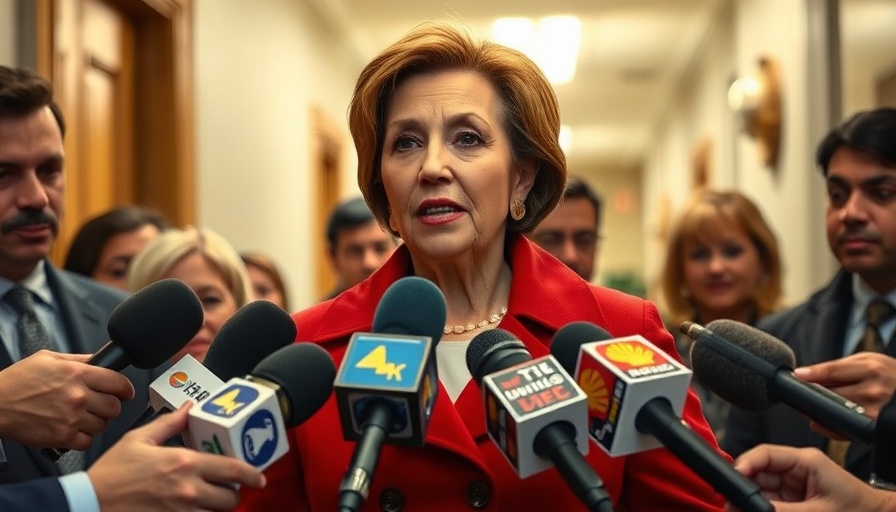
The Limits of Current Workplace Practices
In recent years, there has been a growing dialogue surrounding workplace culture, particularly the alarming rates of burnout that employees experience. Many workers across Australia are feeling increasingly like 'disposable machines' rather than valued team members. This sentiment is voiced by individuals sharing their experiences openly, revealing the toxic realities of corporate life driven by profit. With nearly half of Australian and New Zealand employees reporting burnout, it is essential to understand the root causes behind this alarming trend and how current practices may contribute to it.
Understanding Burnout: More Than Just a Buzzword
The term "burnout" has become almost ubiquitous in discussions of workplace stress, yet its implications are incredibly serious. According to recent survey data, around 49% of employees feel burnt out or exhausted. Yet, only 21% believe their employers are taking adequate steps to address mental health issues. The fundamental lack of support leads employees to feel as if their concerns are brushed off, only to be met with superficial solutions like gym memberships or mental health days—clearly inadequate tools for tackling deeper systemic issues.
Voices from the Front Lines: Personal Stories of Struggle
Alice’s story epitomizes the struggles faced by many in today's workforce. Describing her experiences in a demanding creative agency, she expressed the physical and emotional toll that a toxic environment had on her well-being. Stress-induced conditions like hair loss and irregular menstrual cycles are signs that highlight the higher stakes involved in unhealthy work conditions. These shared narratives reflect a collective frustration and desperation for real change.
Employers: A Call for Genuine Action Over Performative Solutions
Experts argue that the responsibility for workplace wellness falls squarely on employers. Organizations must reevaluate what it means to support employees. As Lauren Ryder, CEO of Leading Edge Global, puts it, "Burnout is often treated as an individual issue, but it’s a workplace problem." The solutions offered should be holistic and substantial rather than light fixes that lead to temporary relief. It’s crucial for businesses to address workload distribution, implement authentic mental health resources, and foster a culture that genuinely values its employees.
The Implications of Toxic Culture and Employee Retention
The issue of cultural toxicity extends beyond employee satisfaction; it poses significant challenges for talent retention and recruitment. High turnover rates often connect to unhealthy work conditions, forcing companies to spend valuable resources on hiring and training new employees rather than improving the environment for current ones. By transforming corporate culture, organizations stand to save money and invest in long-term success.
Embarking on the Road to Recovery: Moving Past Band-Aid Fixes
Encouragingly, some companies are beginning to embrace comprehensive strategies to combat employee burnout. From proactive workload management to fostering open communication and ensuring adequate staff levels, these steps can create healthier workplaces. Additionally, practical steps such as facilitating flexibility and training for managers on how to detect signs of stress can play a crucial role in revitalizing workplace culture.
What Lies Ahead? Predictions for Workplace Dynamics
As the world of work continues to evolve, so too does the expectation for a healthier workplace. Emerging trends suggest that employees increasingly prioritize mental health and well-being when choosing where to work. Organizations will likely find that promoting a healthy work environment not only enhances morale but can serve as a significant competitive advantage in attracting top talent. Thus, the future of work may very well hinge on how effectively businesses can adapt.
To all employers, now is the time to listen: when employees voice their concerns, it's essential to take action. Initiating genuine dialogue within teams, prioritizing long-term mental health strategies, and eliminating toxic practices should become the standard. Ignoring these issues only perpetuates a cycle of burnout and resentment.
Call to Action: Join the conversation about creating healthier work environments. Share your insights and experiences to help bring about meaningful change in workplaces everywhere. Together, we can advocate for better practices that value and nurture each employee.
 Add Row
Add Row  Add
Add 




Write A Comment